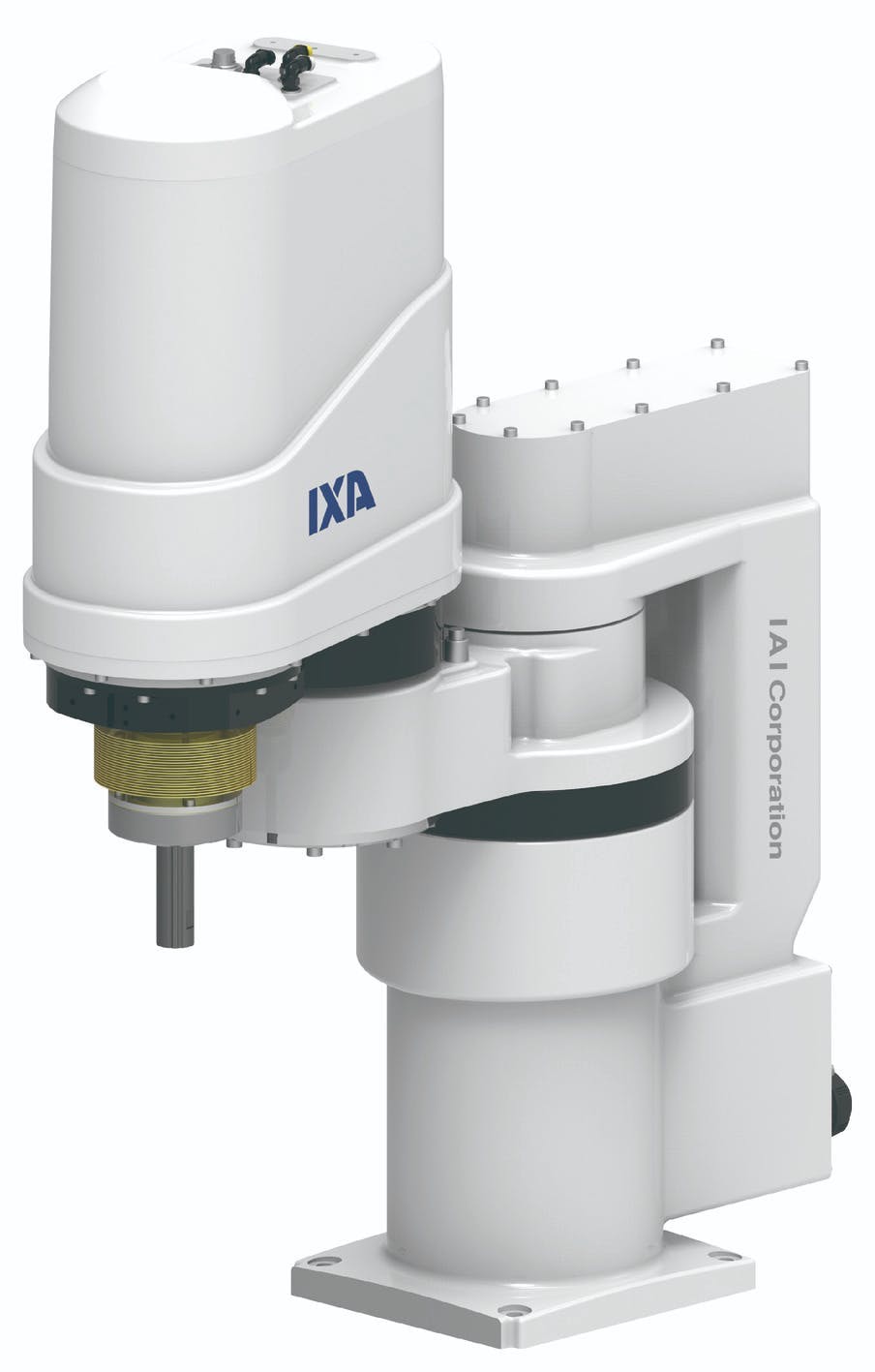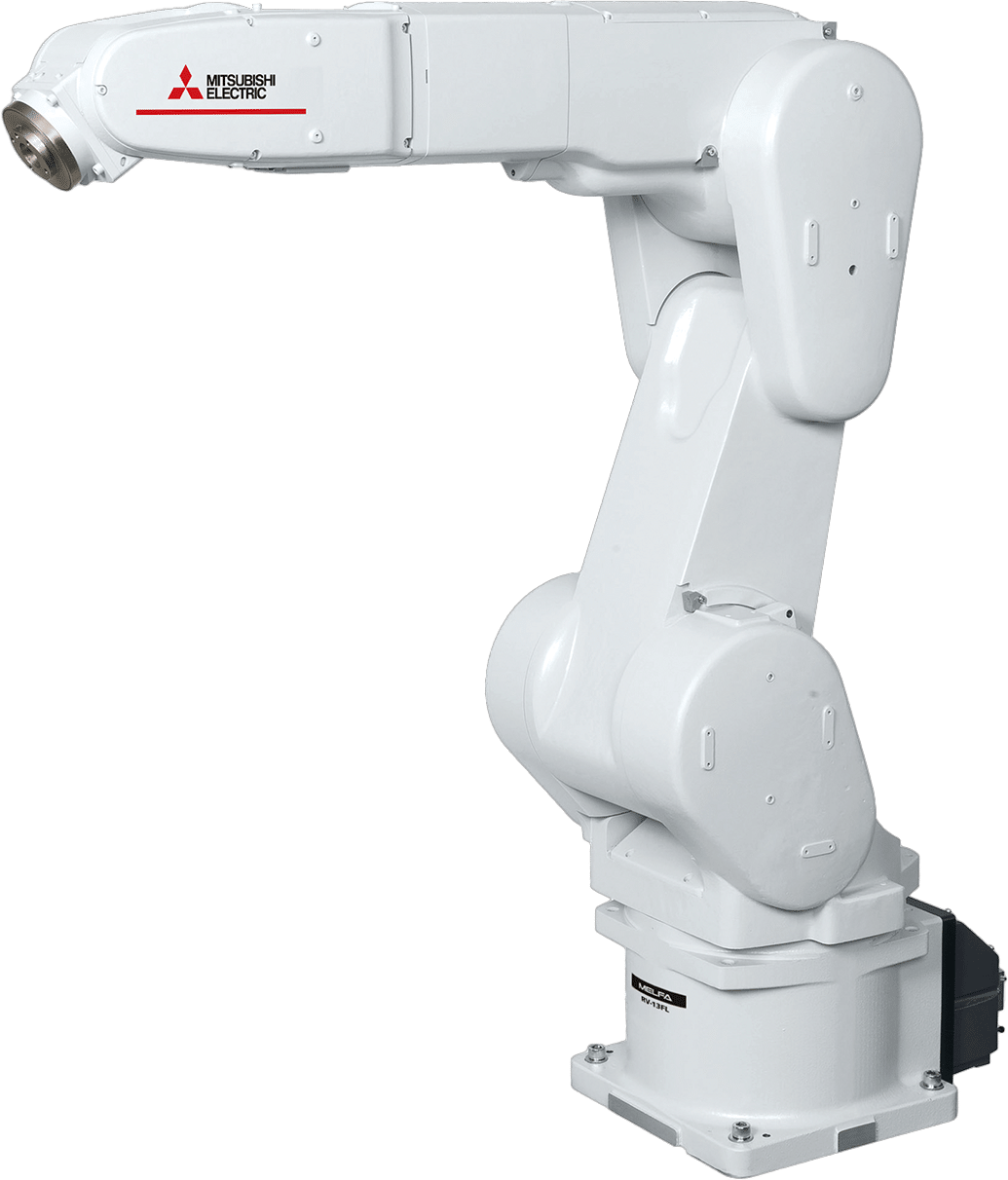Integrating robotics into a motion control system can be challenging. However, when implemented correctly, robotics can significantly enhance quality and boost overall production. Selecting, installing and applying the right robot for a specific purpose can feel overwhelming, especially if you’re unfamiliar with the various models and current trends.
Get your subscription to Control Design’s daily newsletter.
Before deciding which robot is best-suited to your needs, several key factors must be considered, primarily based on the intended application:
- speed requirements: What level of speed is necessary for your operation?
- precision: How precise does the robot's motion need to be?
- versatility: How adaptable should the robot be for different tasks?
- budget: What is your budget for this investment? Profitability, alongside safety, is often the primary goal of any operation.
Let’s look at the pros and cons of four different types of robotics. Each type has unique characteristics that place it on a sliding scale concerning the four factors mentioned above. We will also explore specific applications in which certain models are preferred over others.
Cartesian
The Cartesian robot is the simplest type of robot to integrate into a motion control system (Figure 1). Among the four types discussed here, it is also the most flexible. Industry professionals often refer to Cartesian robots as gantries. While some Cartesian robots are pre-designed, many are customized to meet specific application requirements. They can utilize various technologies, including ball screws and linear motors, allowing for configurations with more than two axes.
In terms of speed, the Cartesian robot operates at a moderate pace, which is generally slower than the other three robot types we’ll discuss. However, it excels in precision, accommodating processes that require varying levels of accuracy. This makes it a reliable choice for many applications.
Moreover, the integration of Cartesian robots is straightforward, requiring the least expertise among the four types. They typically come ready for use from the vendor, needing only tooling connections before programming. It's crucial to ensure proper safety measures are in place during setup.
Safeguarding the robot can be achieved through two primary methods: installing a physical frame or barrier as a hard guard or using safety switches to interlock the door and light curtains to safeguard the robot operating area.
On the downside, Cartesian robots rank low on the versatility scale. Their moderate speed and limited versatility also make them the most affordable option among the four categories. Therefore, if your application’s requirements for speed and versatility align with what a Cartesian robot offers, it could be the optimal choice. It’s essential to avoid overspending on features that are unnecessary for your needs.
Cartesian robots are commonly used in linear motion applications and large parts handling processes, but they also find utility across various industries, including semiconductors.
Selective compliance articulated robot arm (SCARA)
Next up for discussion is the SCARA (Figure 2). These robots excel in cylindrical workspaces and feature rotary axes that allow for both horizontal and vertical motion.
The SCARA is a five-axis system that comes pre-assembled, making it a top choice for many operators. Integration is straightforward, requiring only the connection of the electrical cord. However, like the Cartesian robot, proper safeguarding of the system is essential.
In contrast to the Cartesian robot’s moderate speed, the SCARA boasts a very high speed, surpassing that of any other robot discussed. Alongside this impressive speed, it maintains a high degree of precision, ensuring that accuracy is not a concern, just as it is with the Cartesian robot.
In terms of versatility, the SCARA robot falls into the moderate category—not as versatile as some options but still flexible enough for various applications. Regarding cost, it sits in the middle range; it’s more expensive than the Cartesian robot but less costly than the two varieties we’ll examine next. The SCARA is particularly well-suited for pick-and-place operations and assembly applications.
Articulated
While the SCARA is a five-axis system, the articulated robot, often referred to as a six-axis robot, offers another option (Figure 3). Commonly viewed as an industrial robot, the articulated robot provides high precision similar to that of the previous models, but it also offers an added level of dexterity. In fact, it delivers the highest flexibility and load capacity of the types discussed. For instance, if a specific motion requires a particular angle, this may only be achievable with an articulated robot.
Although its speed is not as high as that of the SCARA, the articulated robot excels in versatility. However, this increased versatility means that it requires a higher level of programming expertise compared to the previous two models, and it typically comes at a higher cost.
Like the SCARA and Cartesian robots, the articulated robot must be properly safeguarded. It is an optimal choice for a variety of applications, including assembly, material handling, packaging, welding, and painting, among others.
Collaborative
While collaborative robots typically operate at a slower speed and have lower load capacities, they can achieve speeds comparable to those of the articulated model under safe conditions. However, their collaborative design generally results in lower precision compared to the other robots discussed.
In terms of versatility, collaborative robots rank high. While not as high as articulated robots, they surpass both SCARA and Cartesian robots. Despite their advantages, they tend to come with a relatively high price tag.
These robots are primarily used in general industry applications, excelling in tasks like machine tending and any activities that may require on-the-fly adjustments by the operator.
Monitoring
Decision makers are also considering maintenance costs when evaluating robotic options. Understanding the preventive maintenance requirements is essential, as minimizing downtime is a priority. Operators aim to be proactive, wanting to monitor the robot’s health to prevent unforeseen shutdowns by tracking factors such as temperature, motion and usage time. However, gathering this data for monitoring purposes requires additional effort upfront.
It is crucial for machine builders to explore their options and collaborate with experts before selecting the best robot for their specific processes. While it may be tempting to cut costs, doing so could result in a robot that fails to meet operational needs. Conversely, it’s also important to avoid overspending on features that are unnecessary.








